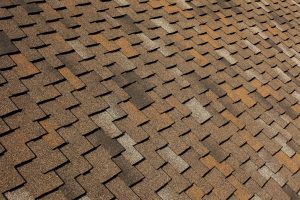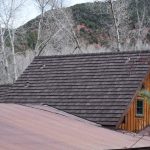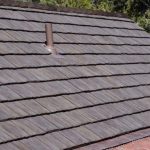Understanding Fire Ratings and Class System for Roofing Materials
The roof is a strong and resilient structure, but it is always vulnerable to environmental conditions. Extreme weather conditions, disastrous wildfires, and brutal snowstorms can cause substantial damage to it. You need to choose commercial or residential roofing solutions carefully to protect your property. There are many fire-resistant roofing solutions available in the market today. You can find something that fits your budget and requirements easily.
Fire Rating for Roofing Materials
The International Building Code dictates that all roof solutions should be tested according to established standards. Most companies follow the standards mentioned in ASTM E 108 or UL 790. These tests determine just how much fire the roofing system can handle before it is fundamentally compromised. Here’s a look at the fire rating for roofing materials:
- Class A – Class A roofing materials are tested against strong fires and severe conditions. They offer the best protection possible and are very reliable. These systems are suitable for areas that require strong fire-resistant roofing.
- Class B – Class B materials are tested against moderate fires and can handle dangerous conditions. They offer good fire protection and are suitable for regions with low to moderate risk of wildfires.
- Class C – Class C roofing systems are tested against weak fires and offer the most basic protection. They’re suitable for properties in low-risk areas and offer good protection in the event of regular house fires.
Consider speaking with a qualified professional before choosing a solution. More experts are familiar with the fire rating for roofing materials and will provide straightforward advice on the matter.
How Fire Tests Help Classify Different Roofing Materials?
The fire tests put different kinds of roofing materials through extreme conditions to see how they react. Both residential and commercial roofing solutions undergo comprehensive testing to determine whether they are safe. Here’s a look at the parameters the tests consider:

Some roofing materials have higher fire resistant levels or ratings.
- Flame Penetration – Roofing systems are thick and multi-layered. Fires may cause damage to the surface layer, but they rarely penetrate deeper. The test sees how far the flame penetrates and how much damage it causes to the structural integrity.
- Flame Spread – Some fire-resistant roofing materials can arrest and contain the movement of flames, ensuring the property is safe from severe damage.
- How Roof Coverings Hold Up in a Fire – The tests also assess whether roofing materials break up, become embers, or are dislodged.
Contact an experienced roofing expert if you want to know more about fire-resistant roofing. They will explain the different solutions, recommend reliable options, and carry out a complete installation. Professionals will also provide a solution that fits your budget but still lasts for a long time.




You must be logged in to post a comment.